http://www.rhci-online.net/radiogram/radiogram.htm
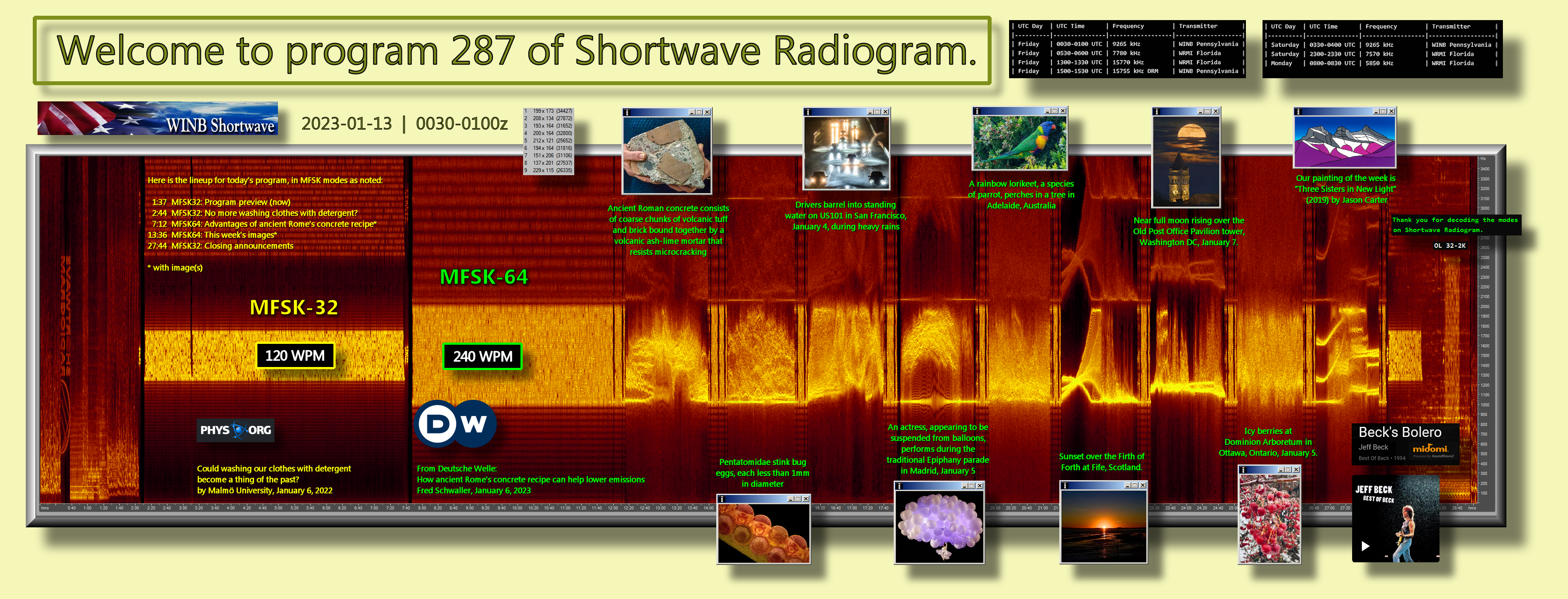
http://www.rhci-online.net/radiogram/radiogram.htm

RSID: <<2023-01-13T00:31Z MFSK-32 @ 9265000+1500>>
Welcome to program 287 of Shortwave Radiogram.
I'm Kim Andrew Elliott in Arlington, Virginia USA.
Here is the lineup for today's program, in MFSK modes as noted:
1:37 MFSK32: Program preview (now)
2:44 MFSK32: No more washing clothes with detergent?
7:12 MFSK64: Advantages of ancient Rome's concrete recipe*
13:36 MFSK64: This week's images*
27:44 MFSK32: Closing announcements
* with image(s)
Please send reception reports to radiogram@verizon.net
And visit http://swradiogram.net
We're on Twitter now: @SWRadiogram
From Phys.org:
Could washing our clothes with detergent become a thing of the
past?
by Malm÷ University
January 6, 2022
Could washing our clothes with detergent become a thing of the
past? Even though the research is in its early stages, an
investigation as to whether washing or cleaning can be done with
purified water instead of detergent solution looks promising.
"Our goal is to develop a scientific model that explains what
happens both chemically and physically when dirt is removed in
purified water. When it comes to washing with detergents we
already know what happens, but this is an unexplored area," says
Andriani Tsompou, Ph.D. candidate at Malm÷ University.
Professor Vitaly Kocherbitov adds, "In the long run, our research
can solve environmental problems with water pollution caused by
detergents. To succeed in this, we need to better understand the
intermolecular forces that act in purified water."
The hypothesis is that in purified waterŚwater that has been
filtered and deionised so that impurities and especially ions are
removedŚrepulsive forces between charged objects become stronger.
As a result, dirt particles easier detach from surfaces and form
a finely dispersed colloidal system in water.
Tsompou explains, "When you have salt in the system, the dirt you
want to remove will clump together more and make it harder for
the water to remove the particles from the material."
According to earlier results of a study published in the Journal
of Colloid and Interface Science, Tsompou and her colleagues used
water with different properties: tap water, water with added
salt, and two grades of purified water. In a QCM-D measurementŚa
surface-sensitive real-time technique for analyzing surface
interaction and layer properties in thin filmsŚa 90% purification
of Vaseline on a glass slide was achieved for both grades of
purified water at 25-degres.
In later trials, they have been experimenting with several
washing cycles and with different temperatures and achieved a
degree of purification of 100% in purified water at 40 degrees in
two washing cycles.
In these trials, however, the most favorable conditions have been
assumed by choosing surfaces and dirts that form weak bonds. "We
have used water-friendly surfaces such as glass and silicate
which have a negative charges and then olive oil or Vaseline,
which also can get negative charges, so that they release each
other easily, explains Tsompou.
The idea is to gradually increase the bond strength and change
the materials so that they finally approach real conditions.
"Because these are such complicated processes, we have to build
up knowledge from less complicated areas. The next step will be
oil on plastic which stronger attach to each other. The end goal
is of course to test on real fabric," says Tsompou.
https://phys.org/news/2023-01-detergent.html
Shortwave Radiogram now changes to MFSK64 ...
RSID: <<2023-01-13T00:37Z
MFSK-64 @
9265000+1500>>
This is Shortwave Radiogram in MFSK64
Please send your reception report to
radiogram@verizon.net
From Deutsche Welle:
How ancient Rome's concrete recipe can help lower emissions
Fred Schwaller
January 6, 2023
Self-healing concrete was the foundation of ancient Rome's
architectural legacy. A new study shows how to use the
wonder material to create more sustainable concrete today.
In Virgil's "Aeneid," a Latin epic poem, the god Jupiter
prophesizes that Aeneas, a hero who fled the fall of Troy, will
receive the gift of an empire that will never end. That empire
was Rome.
The idea of creating this legacy of an everlasting empire was of
profound importance to Rome, never more so than with its great
building projects.
"The idea of setting up a memory is really important for ancient
Rome Ś it was central to its power. Buildings like arches and
temples were perhaps the most important visible memories the
emperors and generals created. They cemented their legacy in
history," Hannah Platts, a historian at Royal Holloway University
of London, told DW.
Roman concrete was at the heart of this legacy, both literally
and symbolically the foundation of Rome's power. And while Roman
buildings are most famous for their mosaics and marble, it's with
humble concrete where the genius really lies.
Concrete started an architectural boom
Roman concrete is durable stuff. Where modern concrete types
crack and crumble in a few decades, Roman concrete has held
palaces, bridges and temples in place for millennia. The material
is why buildings like the Colosseum still stand today.
Romans were experimenting with concrete for centuries, but it was
in the first century BCE when things really took off.
"It was a time of innovation in mortars and concrete," said Riley
Snyder, a civil engineer at the University of Edinburgh, in the
United Kingdom. "They knew adding broken ceramics would create
resistance against seismic activity, or volcanic ash to make more
durable cement."
This technology revolutionized architecture. With strong
concrete, architects could build bigger and more elaborate
buildings.
"Roman concrete made vaulting and domes possible, which changed
architecture forever. The massive vaults around the Colosseum,
for example, were made with poured concrete," Snyder said.
But the genius use of concrete is perhaps best exemplified in the
dome of the Pantheon, a temple in Rome built between 113-126 CE.
"The architects knew that, in order to build a dome this big,
they needed to use a heavier aggregate at the bottom of the dome
and a lighter aggregate at the top so the dome gets lighter as
you go up," Platts said. "All this helped Rome to display their
power."
Self-healing Roman concrete
Why is Roman concrete more durable than modern concrete? Admir
Masic, a civil engineer at the Massachusetts Institute of
Technology in the United States, told DW that it comes down to
the use of volcanic ash sourced from Mounts Vesuvius or Etna.
"Romans added volcanic ash into the cement mixture," Masic said.
"It created an extraordinary material that can self-heal after
cracking. You can even crack a piece of concrete in half, and the
concrete heals after two weeks when you add water."
The self-healing properties are particularly effective in
seawater. This helped Romans build sturdy seaports and underwater
port facilities around the Mediterranean, like the one at
Caesarea in modern-day Israel.
A lost cement recipe rediscovered?
So why don't we use Roman concrete today? Unfortunately, the
recipe for self-healing concrete was lost throughout the ages,
and it is unclear when exactly its use as a building material
waned.
Scientists such as Masic have been studying samples of Roman
concrete and cement to understand why this material is so strong.
Masic's new study, published Friday in the journal Science
Advances, suggests that the way concrete was mixed could be a
clue to the material's strength.
"Our research shows that Romans used a process called 'hot
mixing' of quicklime, volcanic ash and water," Masic said.
This process of hot mixing creates so called lime clasts, which
were ubiquitous mineral components in Roman concrete.
"Originally people thought the clasts were due to bad mixing, but
I doubted this because Romans were so particular about how to
make concrete," he said.
In fact, Masic's study showed that hot mixing and lime clasts
were crucial for the self-healing properties of the material,
generating a chemical reaction with water to reforge the cracks.
More environmentally sound concrete?
Masic hopes his research will help the construction industry
create stronger and more sustainable self-healing concrete.
"Self-healing concrete is very durable, meaning less concrete
needs to be made or repaired. As such, you have a lower demand to
produce more concrete, reducing energy use," he said.
Modern concrete production is responsible for 8% of the world's
carbon dioxide emissions. With everything from roads, houses and
skyscrapers needing concrete in their construction, Masic thinks
the potential of his discovery is huge.
"We're dealing with the most widely used material in the world
here, and one with a very high carbon dioxide footprint. Reducing
the emissions in the concrete manufacturing industry could be
huge," he said.
Edited by: Carla Bleiker
https://www.dw.com/en/how-ancient-romes-concrete-recipe-can-help-lower-emissions/a-64308279
See also:
https://phys.org/news/2023-01-secrets-self-healing-roman-concrete.html
Image: Ancient Roman concrete consists of coarse chunks of
volcanic tuff and brick bound together by a volcanic ash-lime
mortar that resists microcracking ...
Sending Pic:199x173C;
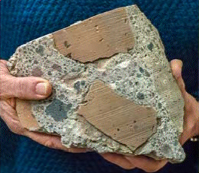
This is Shortwave Radiogram in MFSK64
Please send your reception report to
radiogram@verizon.net
This week's images ...
Pentatomidae stink bug eggs, each less than 1mm in diameter.
https://t.ly/hBiZk ...
Sending Pic:208x134C;

Drivers barrel into standing water on US101 in San Francisco,
January 4, during heavy rains.
https://t.ly/7IJi ...
Sending Pic:193x164C;
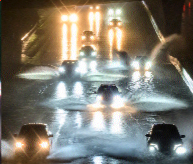
An actress, appearing to be suspended from balloons, performs
during the traditional Epiphany parade in Madrid, January 5.
https://t.ly/qc1Q ...
Sending Pic:200x164C;


A rainbow lorikeet, a species of parrot, perches in a tree in
Adelaide, Australia.
https://t.ly/JZ5V ...
Sending Pic:212x121C;

Sunset over the Firth of Forth at Fife, Scotland.
https://t.ly/0oYb ...
Sending Pic:194x164C;

Near full moon rising over the Old Post Office Pavilion tower,
Washington DC, January 7.
https://t.ly/4-wL ...
Sending Pic:151x206C;
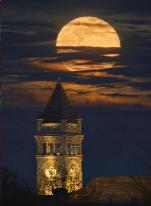
Icy berries at Dominion Arboretum in Ottawa, Ontario, January 5.
https://t.ly/vCX4 ...
Sending Pic:137x201C;

Our painting of the week is "Three Sisters in New Light" (2019)
by Jason Carter.
https://bit.ly/3W3Q8p6 ...
Sending Pic:229x115C;
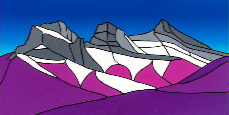
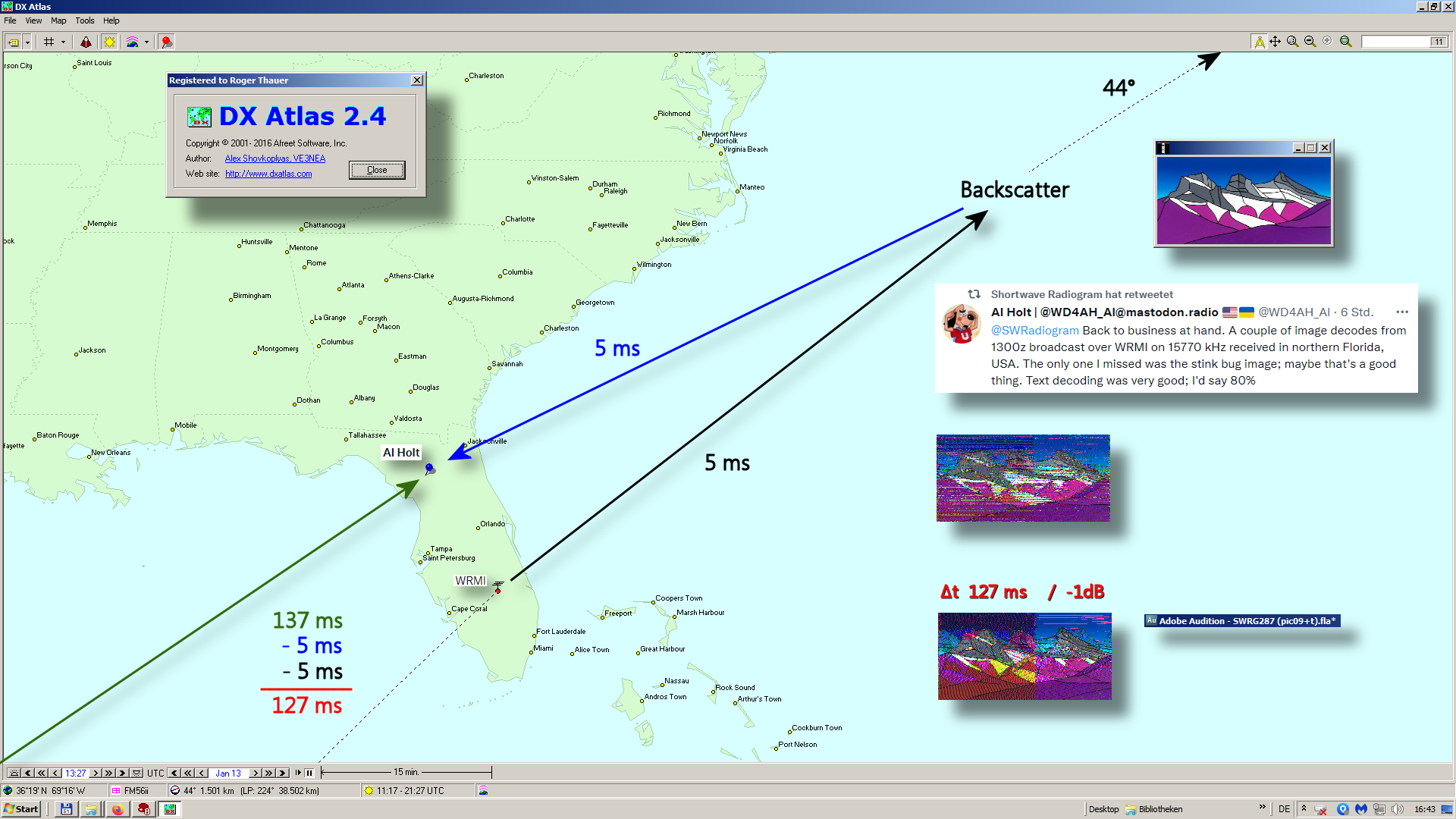
Shortwave Radiogram returns to MFSK32 ...
RSID: <<2023-01-13T00:58Z MFSK-32 @ 9265000+1500>>
This is Shortwave Radiogram in MFSK32 ...
Shortwave Radiogram is transmitted
by:
WRMI, Radio Miami International, wrmi.net
and
WINB Shortwave, winb.com
Please send reception reports to
radiogram@verizon.net
And visit http://swradiogram.net
Twitter:
@SWRadiogram or twitter.com/swradiogram
I'm Kim Elliott. Please join us for the next Shortwave
Radiogram.
RSID: <<2023-01-13T00:59Z
OL 32-2K @
9265000+1500>>
Thank you for decoding the modes on Shortwave Radiogram.
|
Closing music SWRG#287: https://www.midomi.com/Track?trackID=100954563118983060&song=beck%27s-bolero Jeff Beck - Beck's Bolero | Best Of Beck Ģ 1994
|

http://www.rhci-online.net/radiogram/radiogram.htm
|
QTH: |
D-06193 Petersberg (Germany/Germania) |
|
|
Ant.: |
Dipol for 40m-Band & Boomerang Antenna 11m-Band |
|
|
RX for RF: |
FRG-100B + IF-mixer & ICOM IC-R75 + IF-mixer |
|
|
Software IF: |
con STUDIO1 - Software italiano per SDR [S-AM-USB/LSB] + beta 11 Version 2.80 (August 21, 2018) - for scheduled IF-recording |
|
|
Software AF: |
Fldigi-4.0.18 + flmsg-4.0.7 images-fldigifiles on homedrive.lnk |
|
|
OS: |
German XP-SP3 with support for asian languages |
German W7 32bit + 64bit |
|
PC: |
MEDION Titanium 8008 (since 2003) [ P4 - 2,6 GHz] |
MSI-CR70-2MP345W7 (since2014) [i5 -P3560 ( 2 x 2,6GHz) ] |
http://wiki.radioreference.com/index.php/Decoding_the_SW_Radiogram_Broadcasts
https://www.qsl.net/ve7vv/Files/Digital%20Modes.pdf

RSID: <<2023-01-12T02:47Z MFSK-64 @ 5850000+1500>>
This Is A Music Show #194
12 January 2023
0200-0300UTC Thursday on 5850 kHz
via WRMI, Okeechobee USA
***ALSO***
TIAnExpressMS w/ Radio Northern Europe International
via Channel 292 in Germany, mainly on 6070 kHz.
Broadcast various dates/times/freqs. Check the schedule here:
https://www.channel292.de/
https://rnei.org/
----------------------------------------
PLAYLIST
Johny Young And Sun Pops - What I'd Say
-----
Jimmy Takeuchi And Exciters - おてもやん
Sharp Five - Liasong Dangerevses
Ramsey Lewis Trio - Everybody's Talkin
-----
Kiyotaka Sugiyama & Omega Tribe - Twilight Bay City
Masaaki Ohmura - A Touch Of Temptation
-----
808 State - Ancodia (Taters Deep Nit Funky Beat Mix)
Harold Faltermeyer - Shoot Out
Julien Jabre and DJ Gregory - I Love Soha (EDIT)
-----
Pealout - 10の視界
-----
THIS DATA w/ Bert Kaempfert - Rain
-----
Everton Chambers - La La La La La VERSION
----------------------------------------
TIAMS Website:
https://thisisamusicshow.com
Go here for show archives + official shop!
-----
Please send reception reports/comments:
thisisamusicshow@gmail.com
Follow TIAMS on Twitter:
www.twitter.com/ThisIsAMusicSho/
------
Thanks for listening!
--YOUR HOST--
EOM
RSID: <<2023-01-12T02:49Z
MFSK-64 @
5850000+1500>>
Sending Pic:300x300Cp4;

RSID: <<2023-01-12T02:51Z
MFSK-64 @
5850000+1500>>
Sending Pic:300x300Cp4;
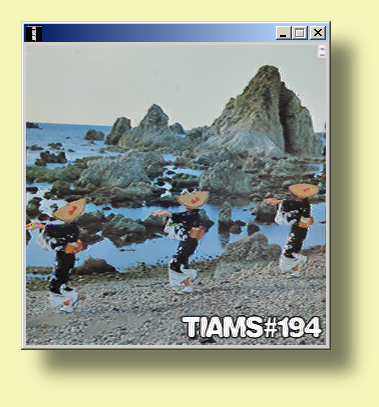
LP★村岡実 - ふるさとをたずねて - LP Minoru Muraoka - Visiting Hometown
https://static.mercdn.net/item/detail/orig/photos/m61339961786_1.jpg
RSID: <<2023-01-15T02:30Z MFSK-64 @ 5850000+1500>>
Allen Toussaint was born January 14, 1938.
He died in 2015.
Sending Pic:235x207;

https://t.ly/put0t
Please report your decode to
themightykbc@gmail.com
WRMI KBC Times
New Program is on Sunday UTC:
5850kHz 0200-0300 UTC Sunday - Eric [The Giant Jukebox]
confirmed! 2023-01-15 0230z new MFSK
data !
5950kHz 2200-2300 UTC Sunday - Dave [Radio but not as we know it]
confirmed! 2023-01-08
5950kHz 2300-2400 UTC Sunday - Eric [The Giant Jukebox]
confirmed! 2023-01-08 2330z new MFSK data !
REPEATS:
Friday UTC:
15770kHz 1100-1200 UTC Friday - The Real Don Steele
Wednesday UTC:
15770kHz 1600-1700 UTC Wednesday - Eric [The Giant Jukebox]
Saturday UTC:
5850kHz 0200-0300 UTC Saturday - Dave [Radio but not as we know it]
7780kHz 0800-0900 UTC Saturday - The Real Don Steele
confirmed! 2023-01-14
Sunday UTC:
9455kHz 0000-0100 UTC Sunday - Dave [Radio but not as we know it]
9455kHz 0100-0200 UTC Sunday - Eric [The Giant Jukebox]
2023-01-15: no data 0130z, 5min audio loops KBC